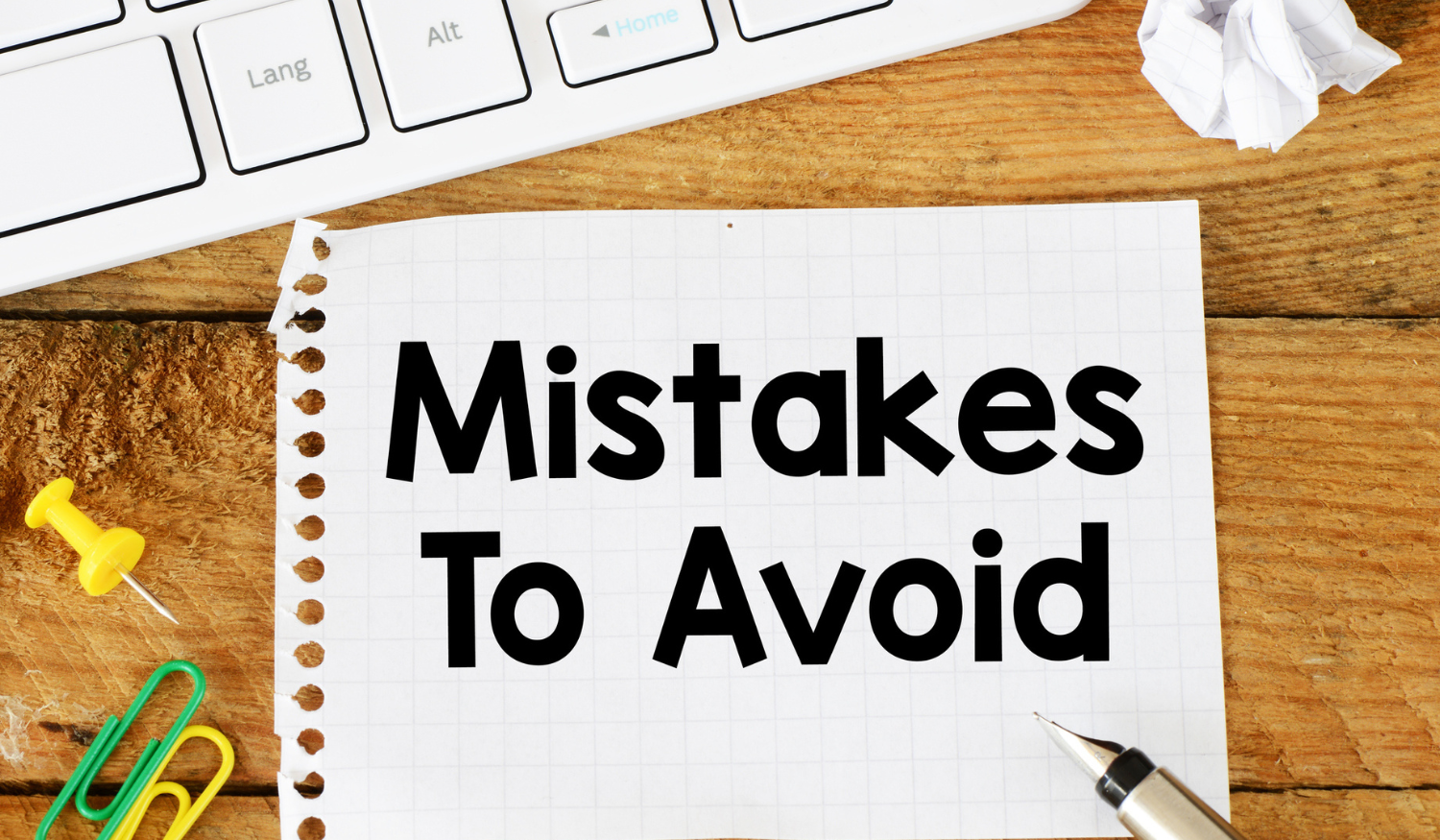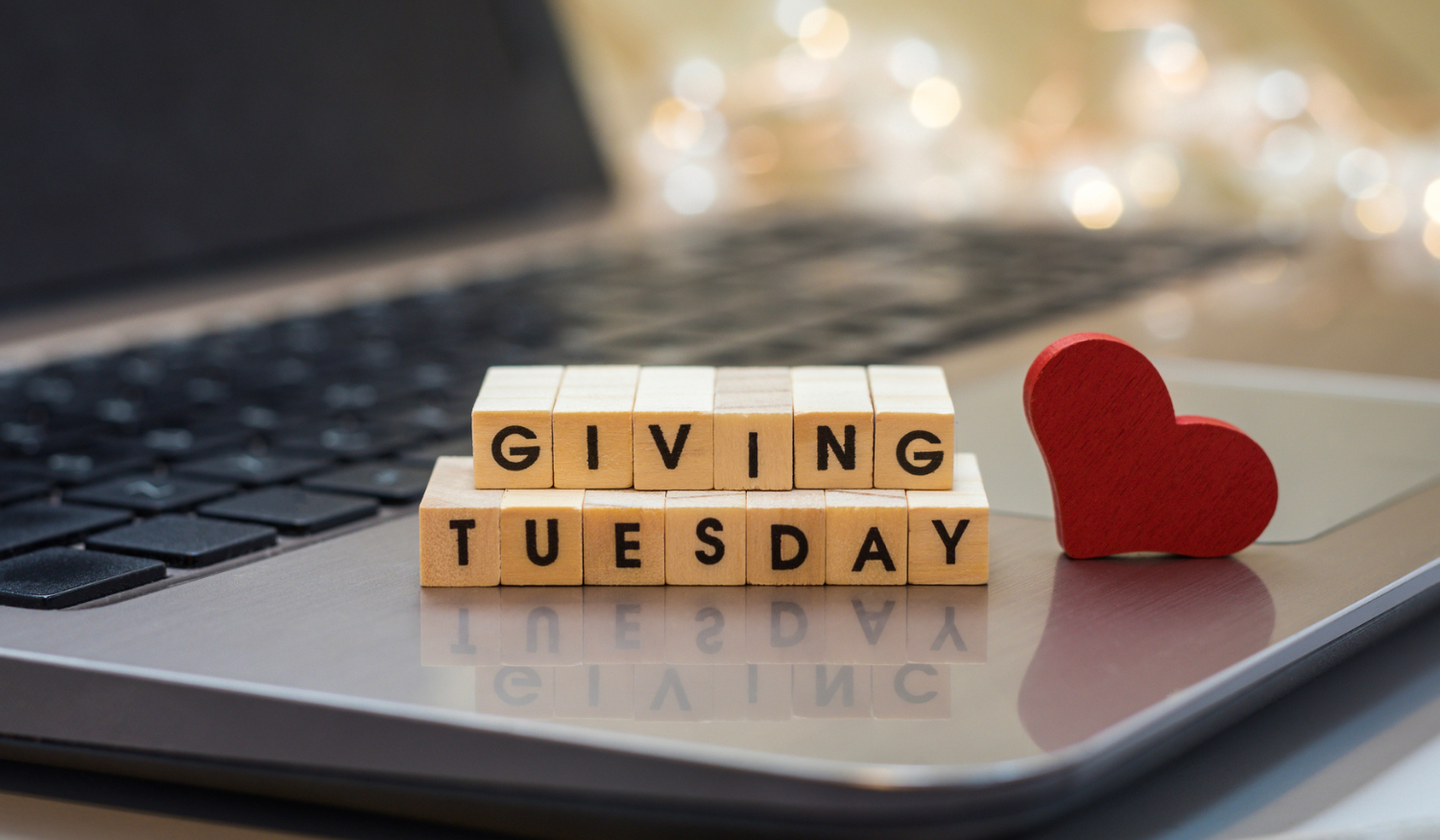.png)
Grants are to nonprofits like water is to a fish: absolutely critical if you’re going to keep swimming. And no matter the size of your nonprofit, seeking grants can and should be a significant effort.
If your grant game has been gasping for air (still on the poor fish analogy), this quick primer will remind you of why grants are important, run through the benefits and challenges, explain the fundamental structure of grant seeking, and show you how your CRM can help you manage what is sure to be your best grant year yet.
Amy Haggarty is the Director of Partner Strategy and Engagement at Cornerstone OnDemand Foundation, which offers free, online and on-demand training for nonprofit professionals, volunteers and board members through www.nonprofitready.org. She was telling me that their Grant Seeking Essentials certificate course is one of the most popular on the site, so I asked her to share some highlights that might appeal to our readers.
Why Grants Matter for Nonprofits
We could say, “Free money!” and stop right there, because that’s why grants matter. It’s money that will come in big chunks to help your nonprofit continue to work towards its mission.
But since we don’t want to be entirely flippant, we will explain the three primary uses of the funds provided by grants:
- Anything you want that’s legal and helps your nonprofit. It’s unrestricted.
- Whatever you specifically asked for in your grant proposal. No switcheroos, so think long and hard about what need you have that a grant can fill.
- Capital projects. This can be a renovation, a land or technology purchase, or anything that falls under the umbrella of a capital campaign objective. This is also defined in a proposal and awarded for a specific purpose.
What Are the Benefits of Grants?
Um, free money.
Okay…there is a list that Amy gave me that makes a lot of sense.
Grants provide:
- Substantial funding you might not get anywhere else. This isn’t a $50 donation, it’s a big chunk of change.
- A reliable source of money that funds your organizational and program operations.
- Support to programs that benefit your community.
- Visibility and credibility for your nonprofit with grantors, donors, other nonprofits, and community members increase.
If you’ve thought you’re too small for grant seeking—or too large—you’re wrong. There are massive funds earmarked for nonprofit grants…you just have to find them. And remember, the only nonprofits that absolutely will never get a grant are those that never apply for one.
Okay, Now What Are the Challenges?
This list is a little bit longer. Anything worth getting takes some work, and grants are no exception. The reward, however, is well worth a little elbow grease.
- Your staff has to be dedicated to managing grants. We often tell our clients that if you can dedicate one internal grant manager, it will help keep things in order and moving along.
- That grant manager is going to spend a lot of time on grants.
- They’ll carefully identify grant opportunities that match your mission, locations, and programs.
- (This person might be a unicorn: skillful, diplomatic, good at relationships, and super organized.)
- Grantors often impose requirements for qualifying, spending, and reporting.
- You might have to repeat an application process if the terms are short.
- It takes tact and persistence—and time—to develop the relationships that can help you with grant awards.
- Like everything else, this is competitive, and other nonprofits are vying for the same grants you are.
Now you’ve seen the obstacles. If you know what they are, you’re prepared to mitigate them.
Where Can Nonprofits Find Grants?
There are a few primary sources of grants, and it’s best to start here and see if you learn about lesser-known sources as you contact organizations.
The most common sources of grants are private foundations. These organizations are often created from a single large donation that is invested, and the income from the investment is disbursed to nonprofits annually. Look for large foundations that share your mission.
Large corporations often have a foundation arm to manage a purse of grant money. In return, they get recognition and association with a worthy cause. It’s worth noting that corporations can support nonprofits with non-cash options, such as supplies or equipment, office space, furniture, or expertise.
Local, state, and federal government grants are a source of funds. These are plentiful, but like anything government-related, there are hoops to jump through to apply. Read the fine print carefully to make sure your team has the time to manage government proposals.
Particularly for smaller nonprofits, the United Way works to provide grants to worthy organizations in their communities.
From there, you can talk to churches or other faith-based organizations, rotary clubs, universities, or “giving circles” in which pooled funding is disbursed based on a collective decision by the donors.
Websites that Help Identify Grants
Ready for some screen time? There are many websites that have done the work for you and make it easy to match your nonprofit to available grants.
Here are some we like:
- GrantWatch for nonprofits lets you choose your location and categories, such as climate change or mental health, and filter to find opportunities.
- Grants.gov is a database of federal grants you can search with keywords.
- Fundraiserhelp.com lists corporations that offer nonprofit grants.
- Google.org asks nonprofits for “ideas with the potential to change the world,” then funds the winners.
- GrantStation offers a free newsletter that keeps nonprofits up to date on available grants.
- Google Ad Grants can provide up to $10,000 a month in Google ads for nonprofits.
That’s only a partial list! There are many free sources of grant information for nonprofits, and it just takes some surfing to find plenty of opportunities (niche and otherwise) that you can pursue.
The Four Stages of the Grant-Seeking Cycle
There are four stages of this cycle, so you can think about allocating staff and resources to each. This is the cycle you’ll go through with every grant. Most nonprofits apply for many grants throughout the year.
1. Identification
This happens during the pre-award phase and is often done by several people; it entails a lot of research. Find the grants that match what you want to do, and for which you qualify, then make a note of who the key contact is.
2. Cultivation
Figure out and document how much the potential grant is and what the grant process is. What are the steps involved in applying…a proposal? A presentation to the board? Make sure you can follow through.
Clarify any proposal or reporting requirements. Ensure your nonprofit fits their goals and funding priorities. Try to create and nurture a relationship with the key contact you identified.
3. Solicitation
Otherwise known as the work. Gather the needed documents; write, review, edit, and submit proposals, and prepare your internal program officer to present the proposal to the board.
(Fast forward: let’s pretend you’re awarded the grant. We move to step 4.)
4. Stewardship
First of all, and we are a broken record when it comes to this sentiment, but say thank you! The grantors have to know how much you appreciate the award.
There are likely post-award requirements you identified in step 2. Deliver on these requirements before you’re asked. Document the progress due to the grant and stay on top of required reports.
How a Grant Management System Can Improve Your Odds
We provide technology to nonprofits, so we clearly think the right technology can improve your grant-seeking odds. Many CRMs (ahem, ours too) offer grant management functionality.
How does technology help? The more grants you apply for, the more complicated and headache-causing the management of the process can be.
If you rely on robust tech, you can create opportunities, define fields and roles, enter the primary contact information for the grantor, and customize steps and statuses to select. You can keep track of all your tasks, whether they’re phone calls, meetings, proposals, or emails. You can note the close date and potential award amount. And you can track all the revenue that comes in.
Importantly, all the data is in one place, so you can customize dashboards and run reports that show you trends and patterns in your grant-seeking.
With the right CRM, you can customize your grant management and make sure the software is configured for your nonprofit.
And how does technology improve your odds of winning grants?
- When all your information is organized and in one place, no detail falls through the cracks. No deadline gets missed.
- The software can aggregate all the information about a grantor, so you will know history and details that can help. If your predecessor unsuccessfully applied for the same grant you’re eyeing, it would help to know why you didn’t win. Or maybe you aren’t a good match. On the other hand, if the new board chair went to your high school, that would be pretty interesting information to have.
- You can set the software to remind you of deadlines and actions you need to take.
- Robust reporting and dashboards will show you trends that can help you plan your next season of grant-seeking.
- Matching gift software can help you raise even more money without asking your donors for more.
Grants: A Nonprofit Game Changer
If you’re a small nonprofit, grants can quite literally keep you afloat (ah, back to the fish, sort of) and give you the foundational support you need to grow.
If you’re a behemoth nonprofit, hire a team to do nothing but go after grants. There are plenty for you, too.
We aren’t exaggerating when we say there’s an ocean (🐠🐠🐠) of money sitting around, earmarked for nonprofits just like yours.
Amy pointed out that when you’re ready to take the next step, there are two fantastic resources that will guide you. Grant Writing for Novices and Proposal Writing are the next stops on your grant-seeking journey!
Thanks to Amy and nonprofitready.org for the primer. Amy is wonderful, so I’ll add that all bad fish jokes are my fault, not hers.



